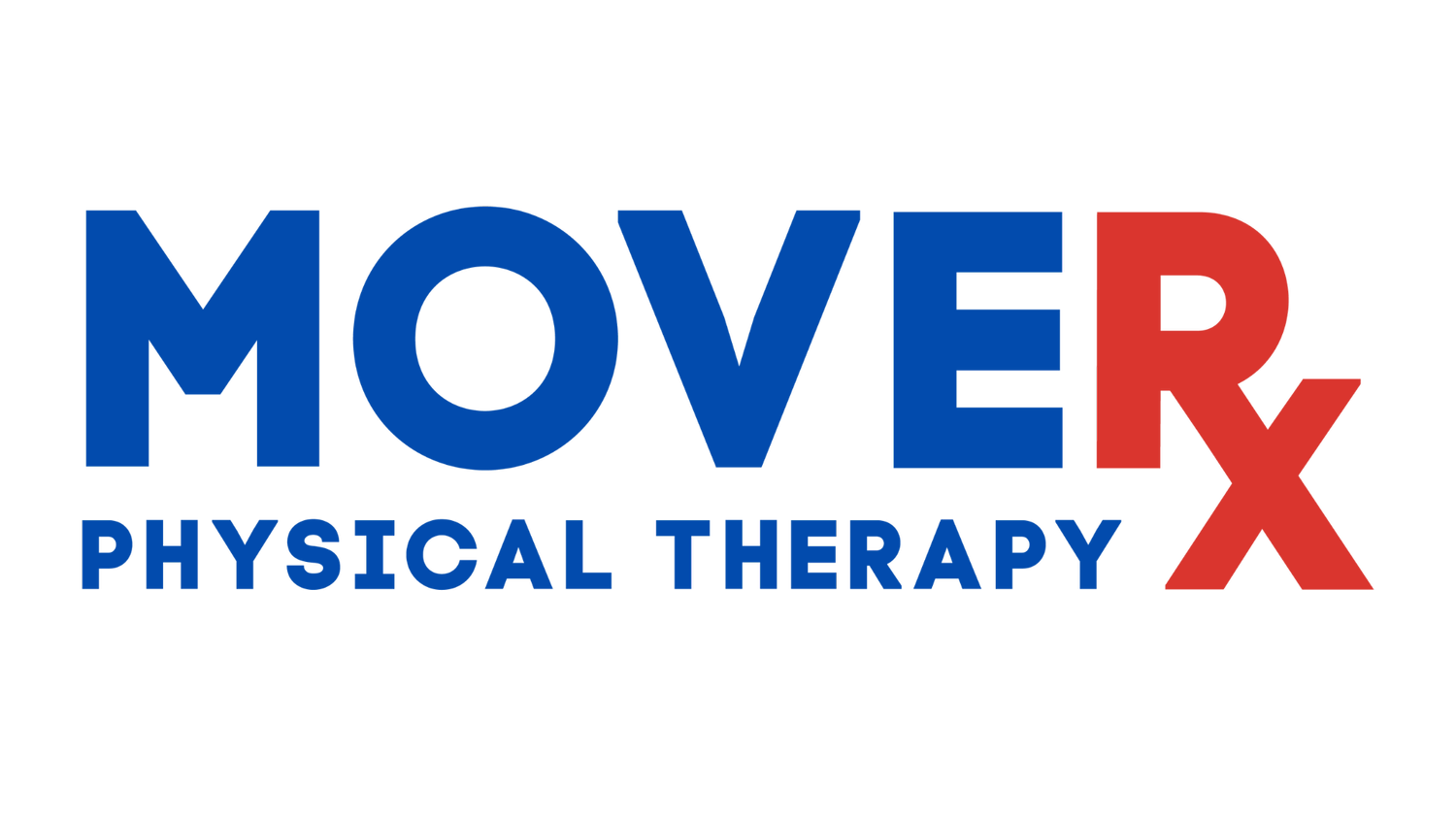Can Dry Needling Speed Up Injury Recovery? What Athletes Should Know
Dry needling is a targeted treatment technique used by licensed physical therapists to relieve muscle tension, reduce pain, and improve movement. It involves inserting thin, sterile needles directly into trigger points—tight bands of muscle that can limit mobility and contribute to pain.
Unlike acupuncture, which is rooted in traditional Chinese medicine, dry needling is based on Western anatomical and neurological principles. The goal is to stimulate a healing response by disrupting dysfunctional muscle patterns and improving blood flow to the area.
READ: What Parents and Coaches Need to Know About Injury Red Flags
When the needle hits a trigger point, it may cause a quick twitch response, followed by a noticeable release in muscle tension. This helps reset the muscle and often leads to immediate improvements in flexibility and comfort.
At MoveRX in Lafayette, dry needling is used as part of a comprehensive treatment plan to help athletes move better, recover faster, and return to performance without unnecessary delays.
How Dry Needling Supports the Body’s Natural Healing Process
Dry needling isn't just about releasing tight muscles—it also helps kickstart the body’s own healing mechanisms. When a needle is inserted into dysfunctional tissue, it creates a localized microtrauma that stimulates a cascade of beneficial effects.
Here’s how it supports recovery:
Increases blood flow: Needling improves circulation in the treated area, helping deliver oxygen and nutrients that aid tissue repair.
Reduces local inflammation: Trigger points and irritated tissues often create low-grade inflammation; needling can help resolve this by resetting the tissue’s environment.
Resets neuromuscular patterns: Muscles that are tight or guarding due to injury often remain in a dysfunctional state. Dry needling helps normalize tone and improve movement control.
Decreases pain sensitivity: By interrupting pain signals, dry needling can reduce both local and referred pain—supporting faster, more comfortable rehab.
At MoveRX, dry needling is used in tandem with hands-on therapy and performance rehab strategies to create the best environment for healing and return to sport.
READ: How to Choose the Right Sports PT for Your Injury Recovery
Common Injuries and Conditions Dry Needling Can Help With
Dry needling is especially effective for addressing musculoskeletal pain and mobility issues—making it a popular choice for both injured athletes and active individuals dealing with nagging discomfort.
Some of the most common issues treated with dry needling include:
Muscle strains: Accelerates recovery by reducing tension in overloaded areas.
Tendonitis and tendinopathy: Helps reduce pain and improve mobility in the shoulders, elbows, knees, and hips.
Low back and neck pain: Releases tight muscles that often contribute to chronic discomfort or reduced range of motion.
Shin splints and calf tightness: Common in runners and field athletes—needling can help restore tissue length and function.
Plantar fasciitis: Used to treat deep foot and calf tension that contributes to heel pain.
IT band syndrome: Releases tension in lateral thigh structures contributing to knee or hip discomfort.
At MoveRX in Lafayette, dry needling is always applied with a clear purpose—based on your assessment and goals—to maximize its impact as part of your injury recovery or performance plan.
READ: The Science Behind Sports PT: How It Helps Heal Injuries Faster
Why Athletes Use Dry Needling for Recovery and Performance
Athletes push their bodies to the limit, which means recovery isn’t optional—it’s essential. Dry needling has become a go-to tool in sports rehab and performance programs because it offers quick, effective relief while supporting long-term movement quality.
Here’s why athletes choose dry needling:
Faster recovery between training sessions: Needling helps reduce muscle tightness and post-exercise soreness so athletes can train harder, more often.
Improved range of motion: By releasing deep muscular restrictions, athletes gain better mobility in key areas like the hips, shoulders, and spine.
Enhanced performance: Efficient muscles contract better. Removing restrictions helps athletes generate more power and control.
Injury prevention: Addressing minor issues early with dry needling helps prevent more serious problems from developing.
Mental edge: When athletes feel more mobile and pain-free, they can train with greater confidence and focus.
At MoveRX in Lafayette, dry needling is seamlessly integrated into each athlete’s rehab or performance plan—ensuring it complements strength training, mobility work, and manual therapy.
What to Expect from a Session at MoveRX in Lafayette
At MoveRX, dry needling isn’t a stand-alone treatment—it’s one part of a comprehensive, athlete-focused plan. Your session starts with a full assessment of your injury, movement patterns, and performance goals. From there, your therapist will determine whether dry needling is appropriate for your specific condition.
READ: How a Cycling Physical Therapist Can Help You Stay Strong, Fast, and Injury Free
Here’s what you can expect:
A clear explanation of how and why dry needling will be used
A comfortable, controlled environment with experienced, certified therapists
Integration with manual therapy, corrective exercise, and mobility work
A personalized recovery plan designed to reduce pain and enhance performance
Most athletes notice an immediate difference in how their muscles move and feel—even after one session. With regular use, dry needling can become a key recovery tool to help you stay in the game and perform at your best.

